
Leaded lights make up some of Britain's earliest surviving windows, dating back to medieval times. As glass could only be manufactured in small pieces, the leading allowed for them to be joined together to form a larger window pane.
The basic design of this type of latticed window remained largely unchanged for centuries and even today is still used for new stained glass. Leaded light windows are found in buildings of many periods and should be carefully repaired, especially if the windows are old.
Find out more about renovating a period house, and about all things windows on our dedicated page.
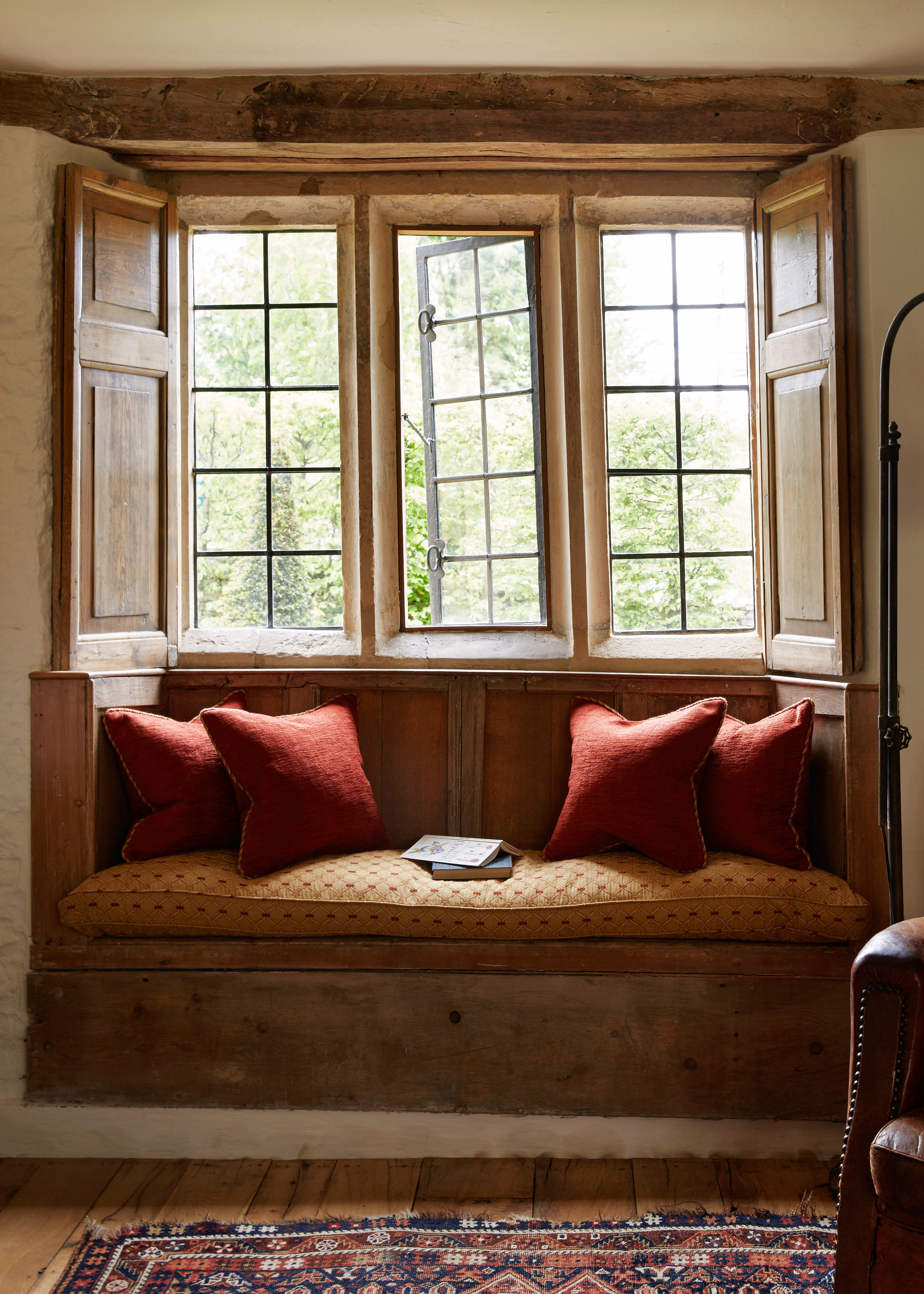
Original leaded lights should be treasured and properly maintained. If you have the space, a window seat is the perfect way to enjoy them
How leaded windows are made
Leaded lights consist of a framework of H-shaped lead strips, or cames, that join the glass pieces – usually in diamonds or rectangles. Except for the smallest, these are supported by metal bars or a framework called a ferramenta (from the Italian for ironmongery), historically made of wrought iron, fixed into the masonry.
Medieval cames were cast in moulds with any uneven surfaces shaved away, leaving a distinct, faceted profile. From the 16th century, cames were produced by extruding lead through a mill.
As a sign of authenticity, you may find names of manufacturers or dates impressed into the lead on the flat ‘heart’ between the H-shaped flanges.
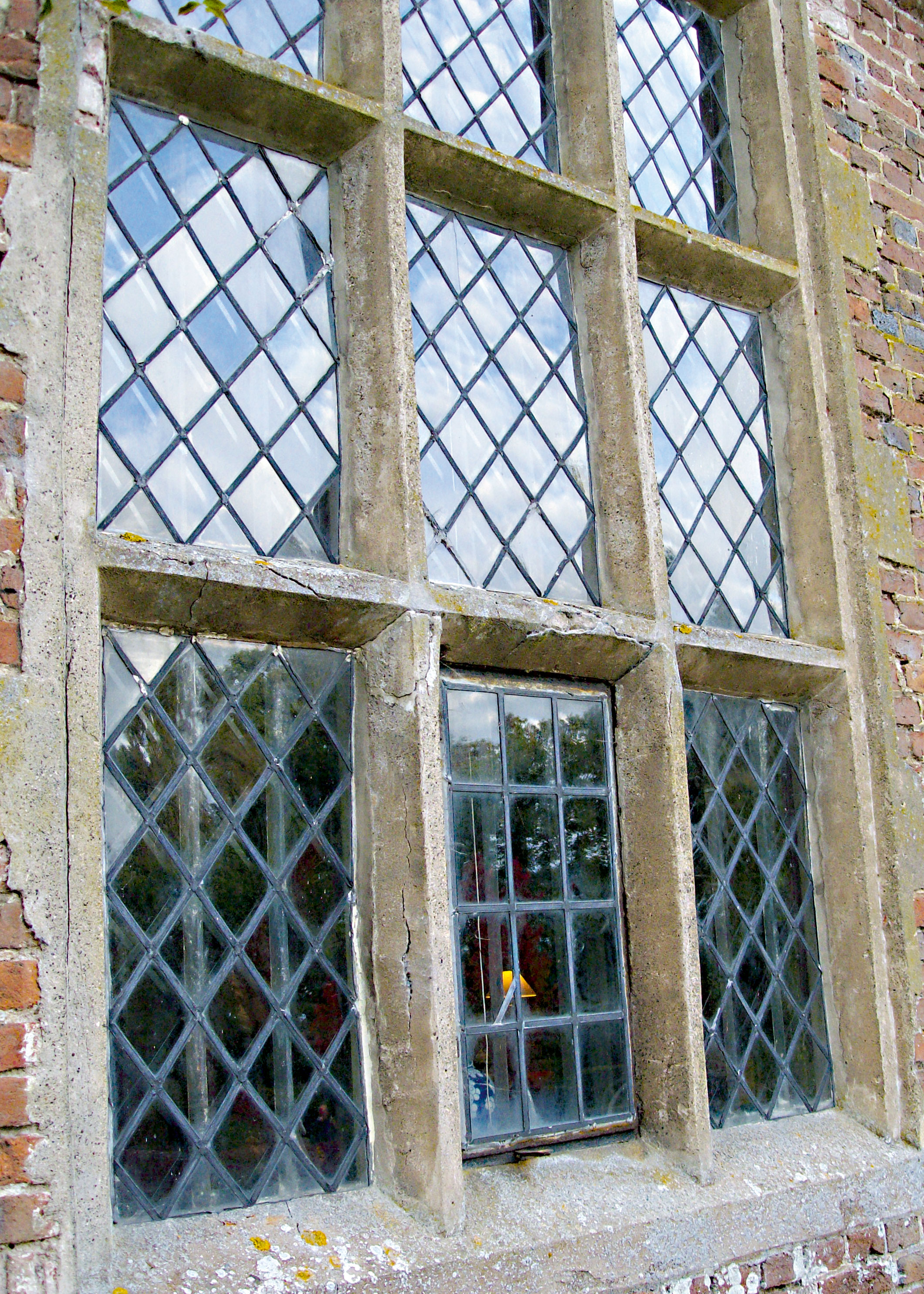
The light ripples on these restored diamond-shaped leaded lights, positioned between stone mullions
Fixing problems with leaded windows
Leaded lights can last for hundreds of years with only minimal care. Loose or leaking glass may be re-sealed within the leadwork using glazier’s putty – a mixture of linseed oil, whiting and white cement.
More from Period Living
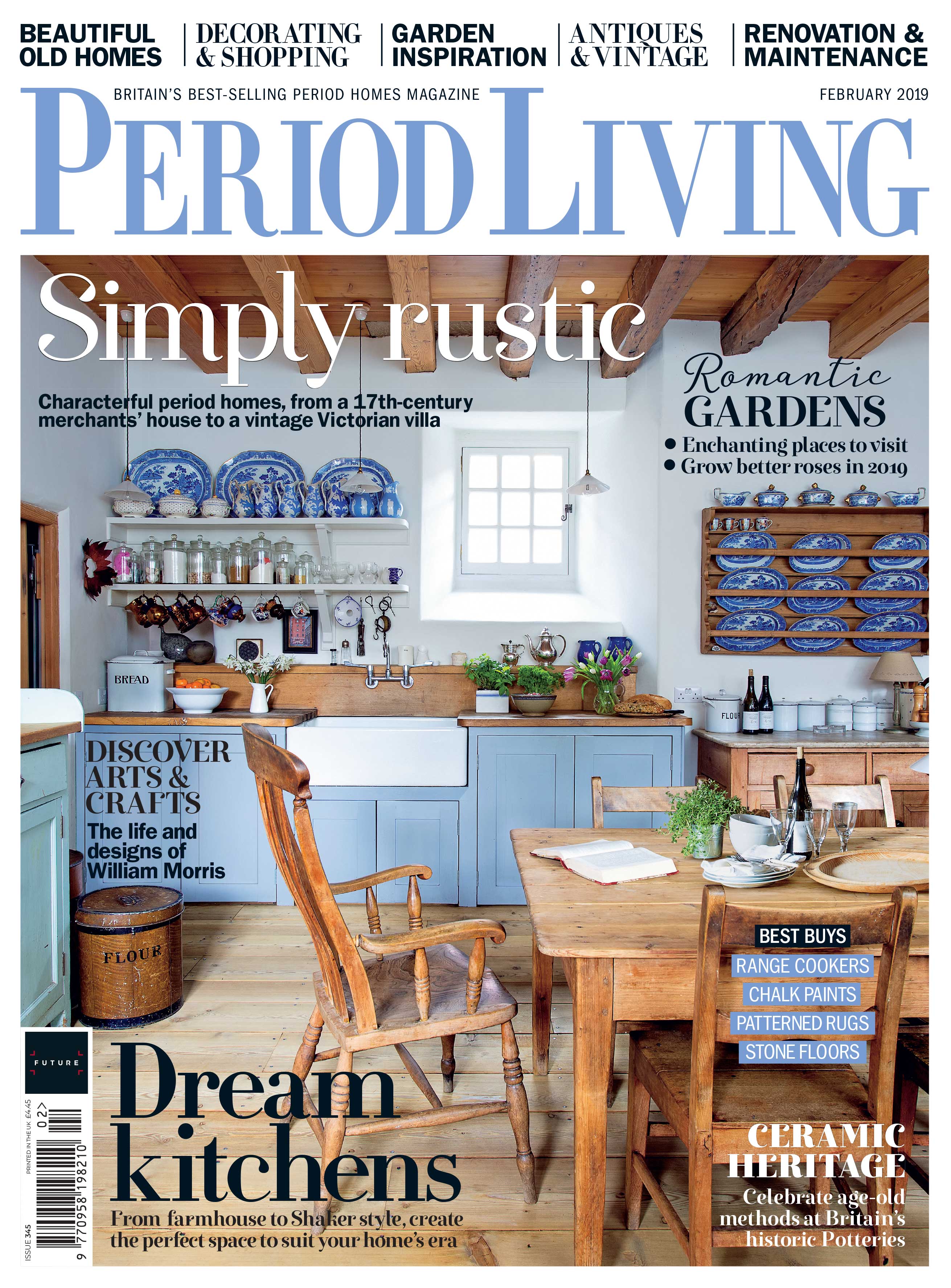
Period Living is the UK's best-selling period homes magazine. Get inspiration, ideas and advice straight to your door every month with a subscription.
Broken or cracked glass can be replaced on a small scale by bending back the flanges of the cames to insert new pieces, and re-sealing. Sometimes lead or copper strips are used instead, to repair cracked glass in leaded lights.
Over time, lead creeps under its own weight and causes panels to distort, particularly where rectangular rather than diamond-shaped pieces of glass, known as ‘quarries’, are used for plain glazing. Minor undulations contribute to the character of a window and generally don’t need repair.
More serious distortion places further stress on the cames, which may then lift from the glass, increasing the risk of breakage. It also traps moisture, accelerating the decay of both the glass and the ferramenta.
It may be possible to reduce distortion in situ, but in the severest cases panels will need to be laid flat to be repaired. Installing extra ferramenta can help prevent further buckling. If cames are corroded or have major fractures, the whole panel will need to be taken to a specialist workshop for careful rebuilding.
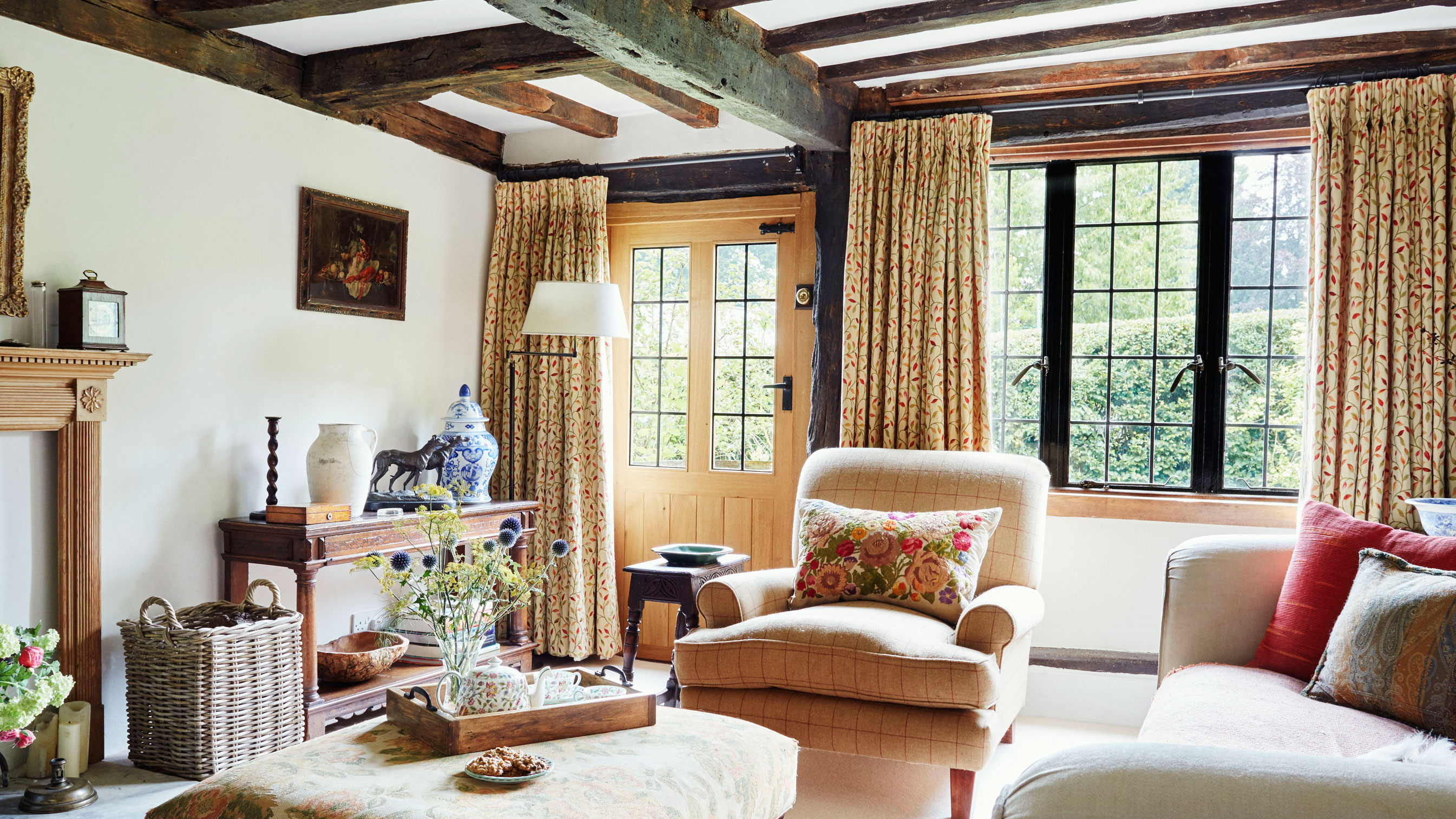
Leaded light windows are authentic to Tudor homes, and perfectly set the tone for cottage-style interiors
Repairing scratches to glass
Accidents and careless painters can lead to scratches on your windows. These can be polished out with a soft cloth using a mild rubbing compound such as jeweller’s rouge or, with a little more effort, a metal cleaner (such as Brasso). DIY buffing kits are also available.
Deeper scratches (those that catch your fingernail if you run it across the glass) are best left to specialist scratch removal firms.
Douglas Kent is technical and research director of the Society for the Protection of Ancient Buildings (SPAB)
More Home Maintenance Advice
Join our newsletter
Get small space home decor ideas, celeb inspiration, DIY tips and more, straight to your inbox!
-
 Get free tickets to the London Homebuilding & Renovating Show at the ExCeL
Get free tickets to the London Homebuilding & Renovating Show at the ExCeLGet FREE tickets worth £36* to the London Homebuilding & Renovating Show, ExCeL, 30 September - 2 October 2022.
By Camille Dubuis-Welch
-
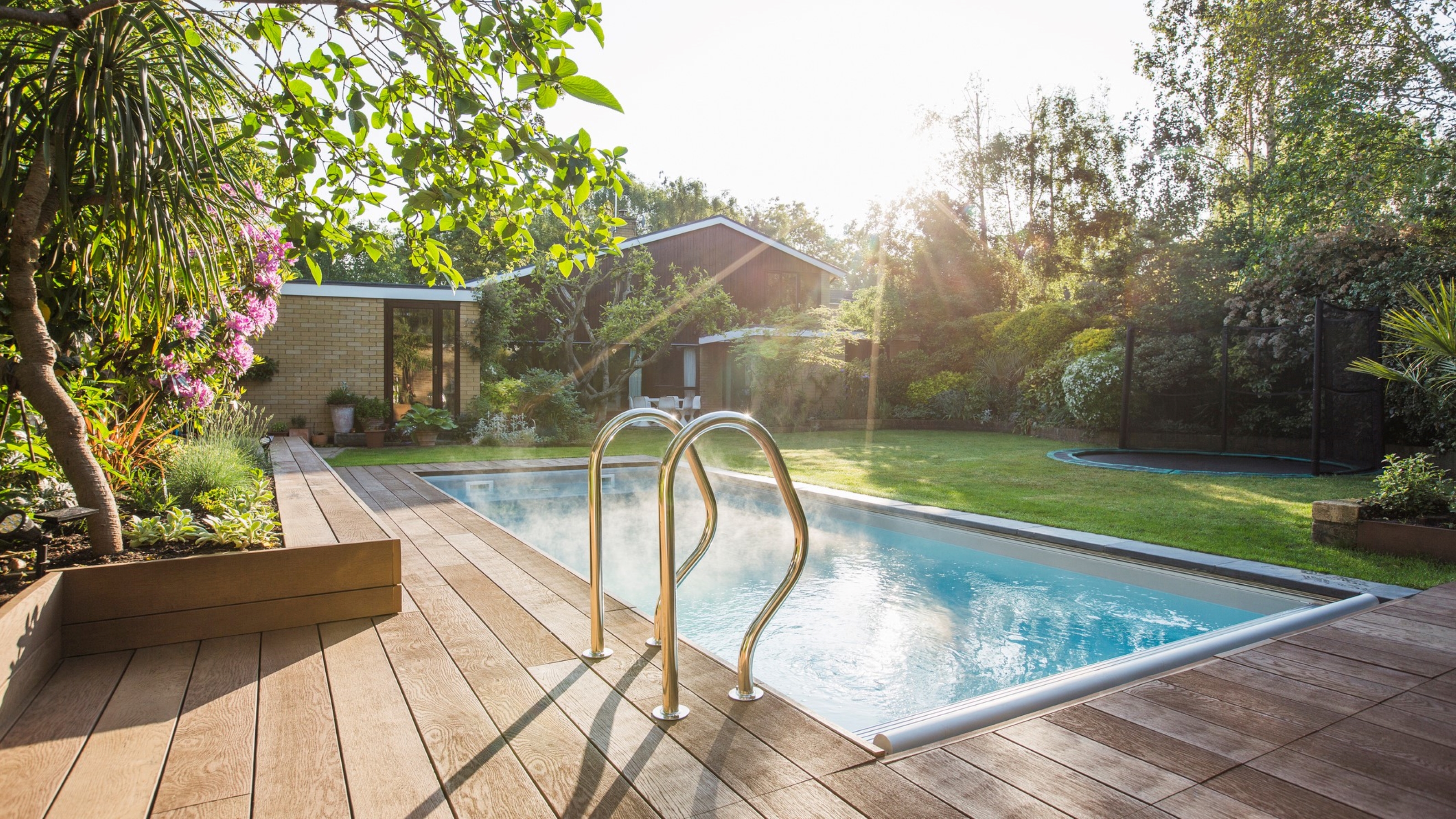 How to fix a green pool fast
How to fix a green pool fastProperly cleaning and shocking your pool will help restore it to its former blue glory, fast. This is what to do to stop a green pool full of algae, spoiling your summer fun
By Anna Cottrell
-
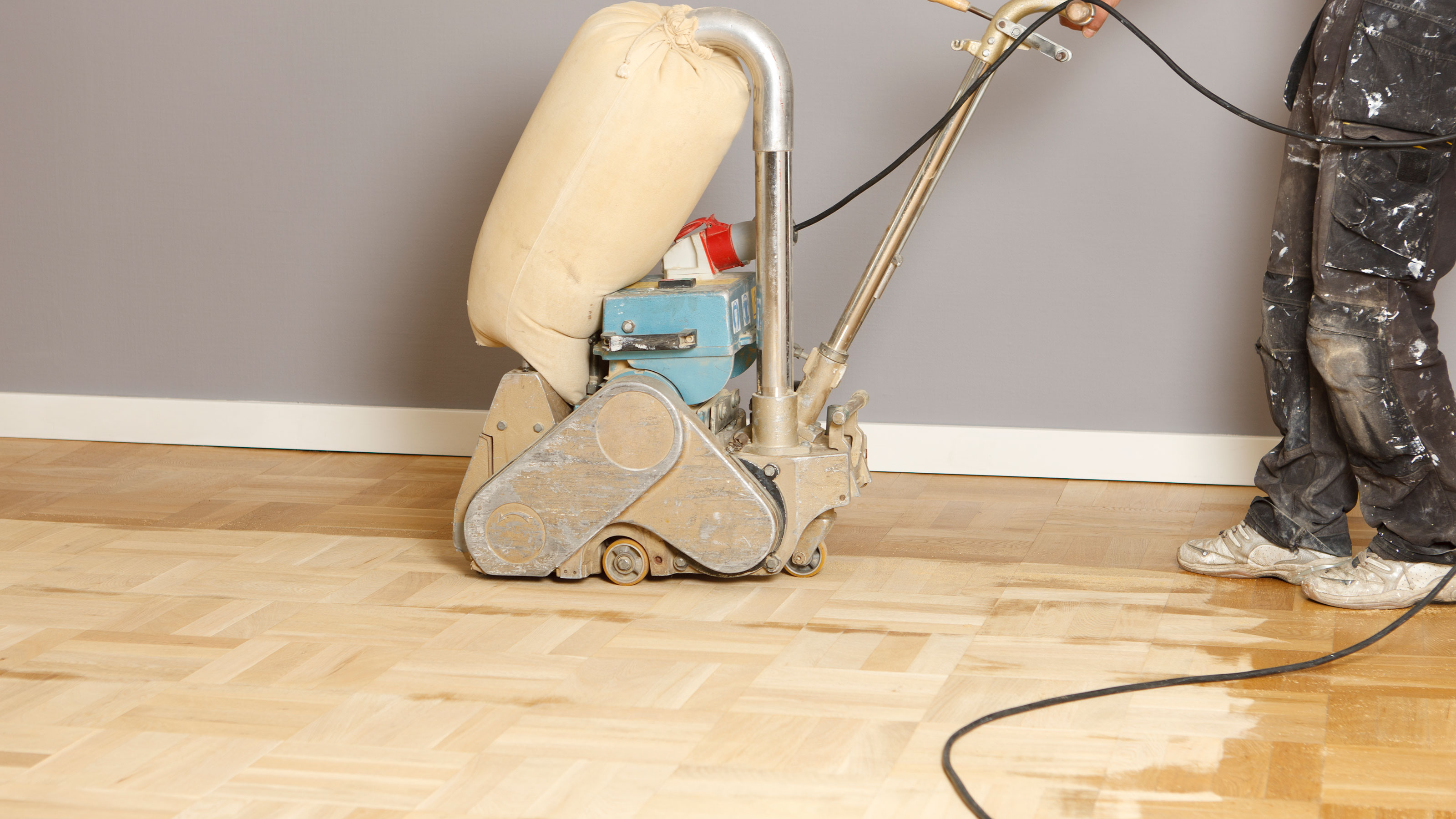 How to sand and refinish hardwood floors: A 10-step guide for pro results
How to sand and refinish hardwood floors: A 10-step guide for pro resultsYou don't need to call in the pros to refinish hardwood floors. It's possible to restore yours with rentable tools, like a sander, and our expert advice
By Sal Vaglica
-
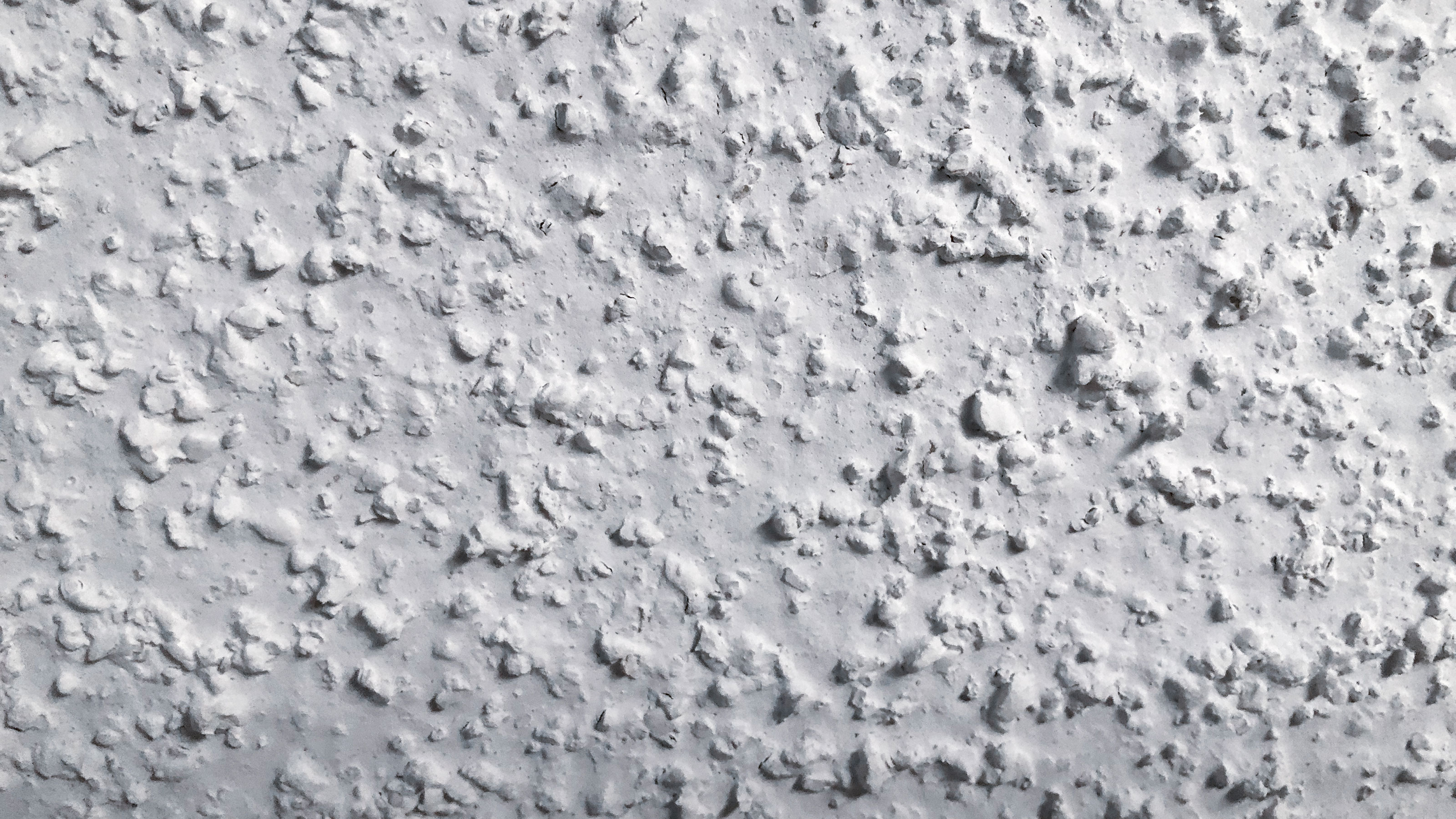 How much does it cost to remove popcorn ceiling?
How much does it cost to remove popcorn ceiling?Are you better off paying a professional or going down the DIY route? Experts share what it costs to remove popcorn ceiling and more budget-friendly alternatives.
By Carol J. Alexander
-
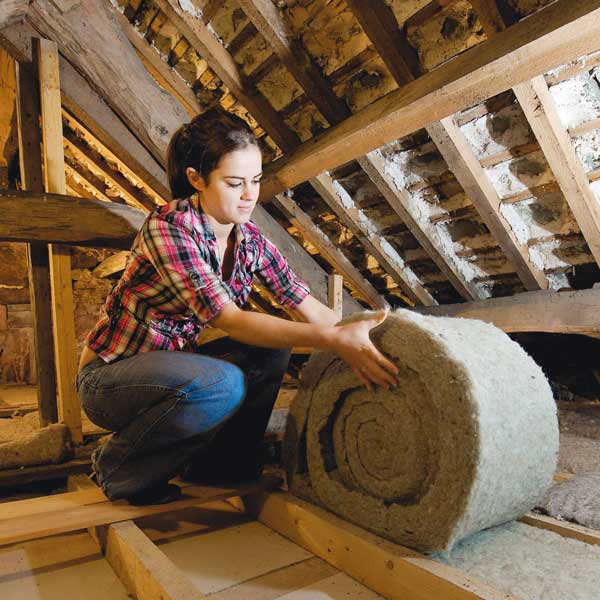 How much does attic insulation cost in 2022?
How much does attic insulation cost in 2022?Want a warmer home and lower energy bills and wondering about attic insulation cost? Get the inside track.
By Sarah Warwick
-
 Home insulation: where, how and why you should insulate a house
Home insulation: where, how and why you should insulate a houseThe right home insulation will make your home warmer in winter, cooler in summer, and reduce energy bills.
By Sarah Warwick
-
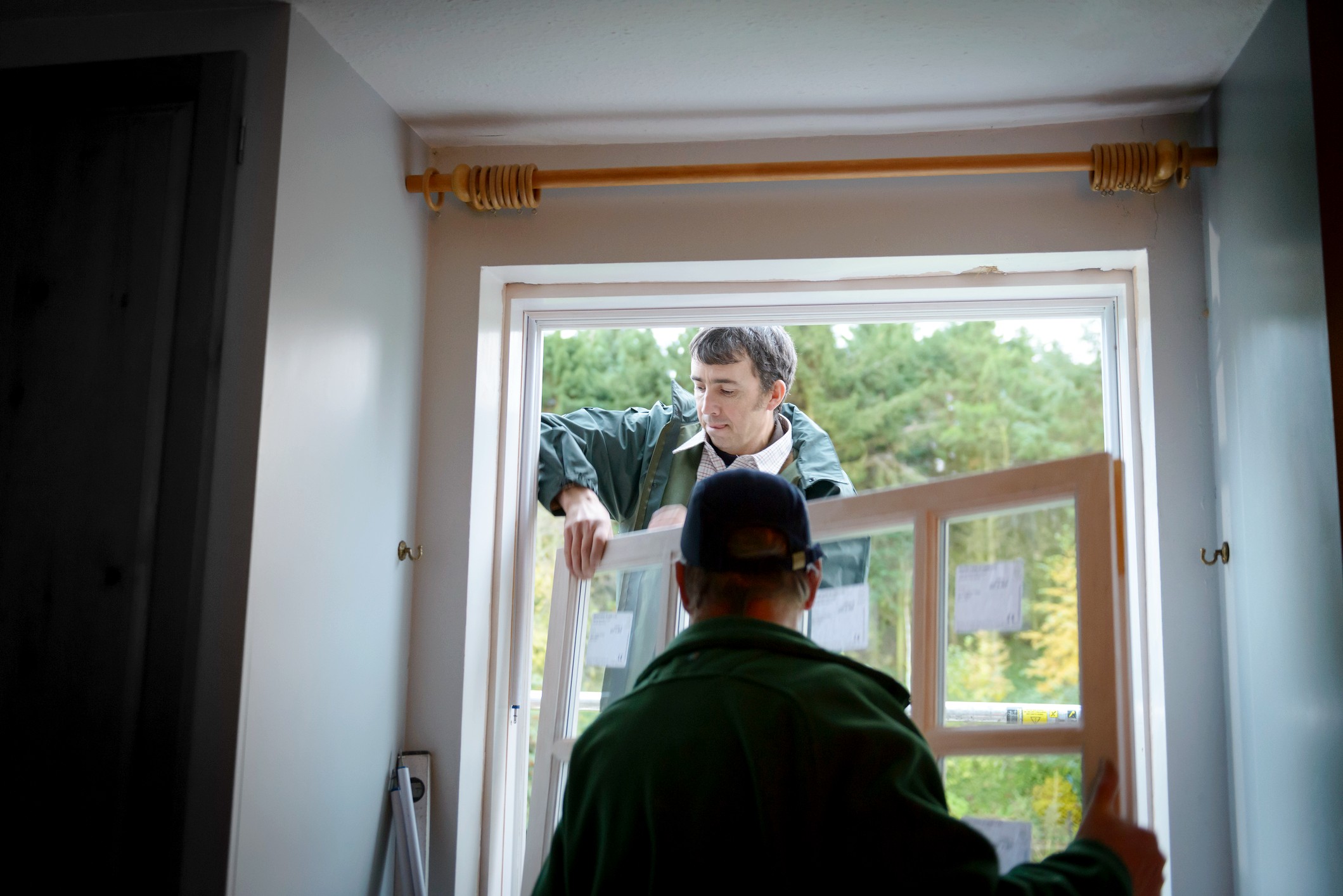 How long do windows last; plus signs it's time to replace yours
How long do windows last; plus signs it's time to replace yoursToday's windows last a long time, but eventually, they'll need replacing. Here's how to know which type of windows last the longest, plus when it's time to replace your windows
By Sal Vaglica
-
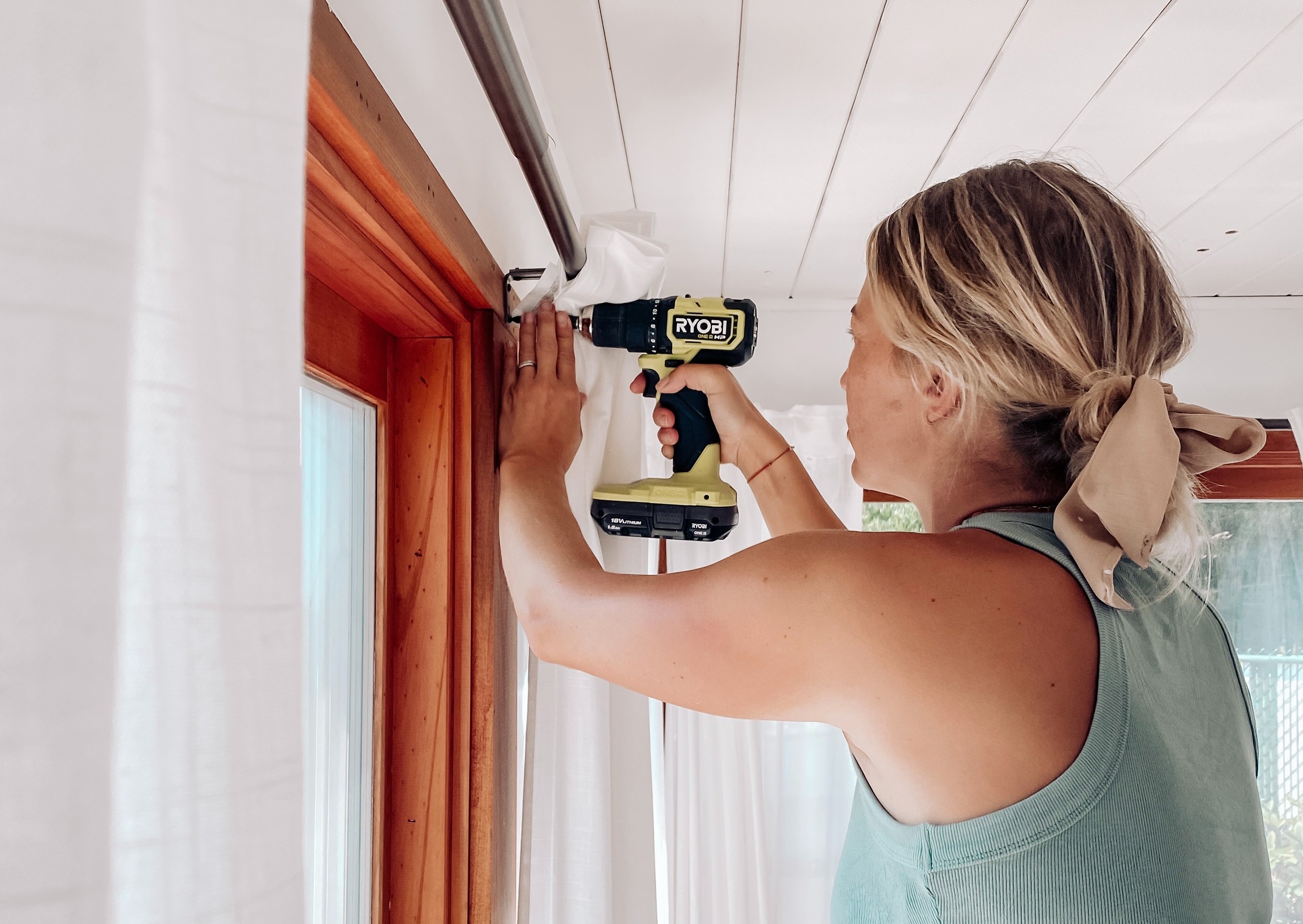 RYOBI ONE+ HP 18V cordless drill and driver review: A toolbox must have for the avid or beginner DIYer
RYOBI ONE+ HP 18V cordless drill and driver review: A toolbox must have for the avid or beginner DIYerThe RYOBI ONE+ HP 18V cordless drill and driver is a convenient, budget-friendly addition to the brand's ONE+ line
By Liz Hartmann